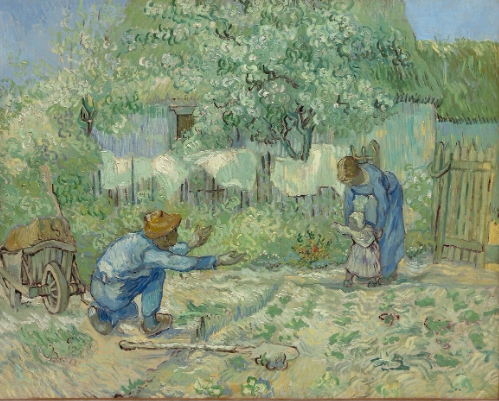Vincent van Gogh is one of the most renowned and influential artists in history, known for his vibrant and emotive paintings. Recently, a newly discovered painting believed to be his first work has been unveiled, offering a fascinating look into the early talent of this artistic genius.
The painting, titled “The Windmill,” is a small oil on panel piece that depicts a quaint Dutch landscape with a windmill in the background. The composition is simple yet striking, showing Van Gogh’s early mastery of color and form.
Art historians are excited by this discovery as it sheds light on Van Gogh’s development as an artist. The painting showcases his innate ability to capture the beauty of the world around him and his unique perspective on nature.
One of the most intriguing aspects of “The Windmill” is the sense of movement and energy that Van Gogh captures in the brushstrokes. The swirling clouds and dynamic sky suggest a turbulent and ever-changing world, a theme that would later become central to his work.
The colors in the painting are rich and vibrant, showing Van Gogh’s early experimentation with the bold palette that would become his trademark. The use of light and shadow also demonstrates his keen understanding of atmosphere and mood.
Overall, “The Windmill” provides a window into Van Gogh’s early artistic vision and hints at the brilliance that would later define his career. It is a precious glimpse into the mind of a master at the beginning of his journey, capturing the essence of his talent and passion for art.


